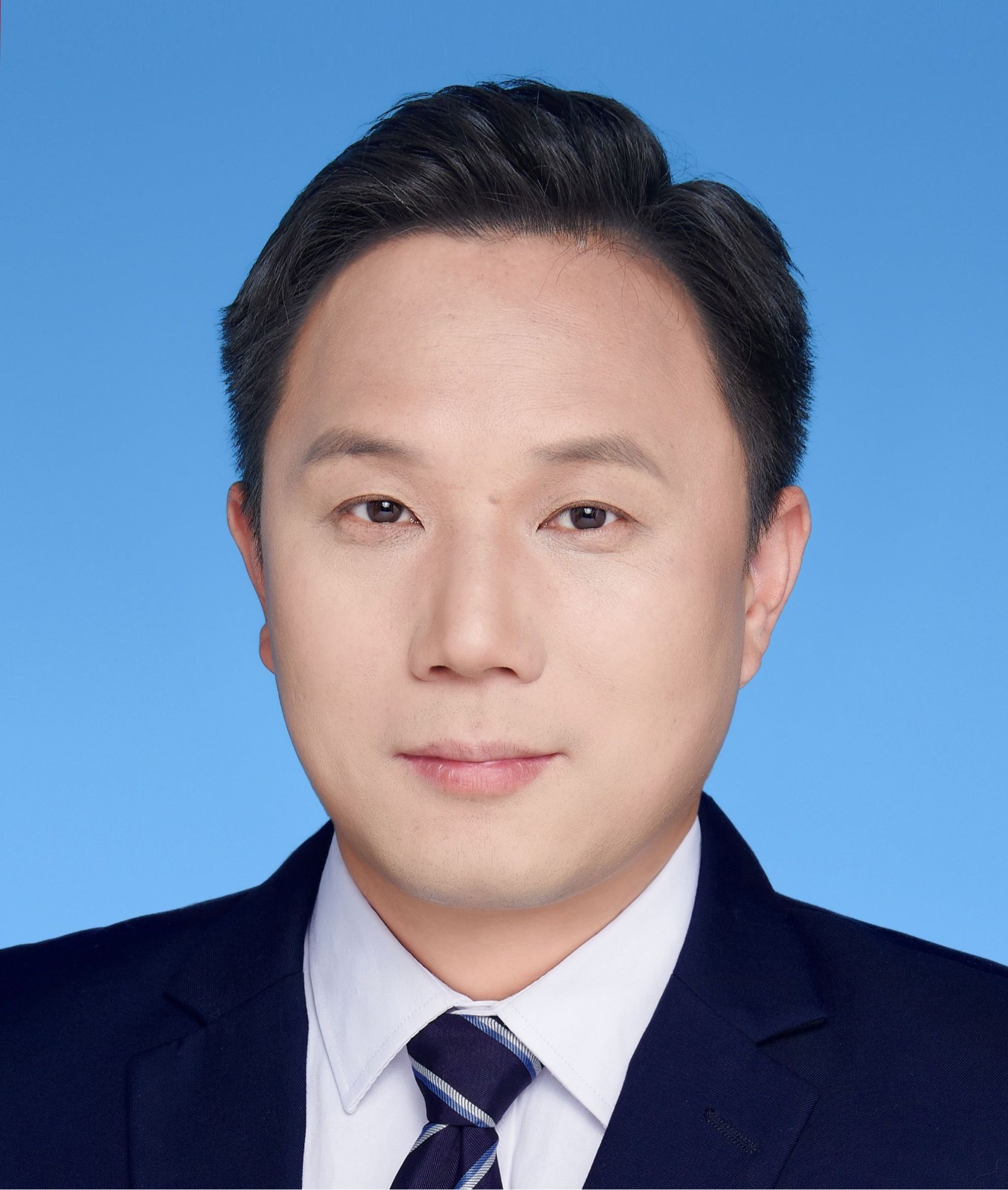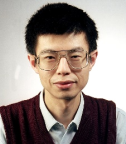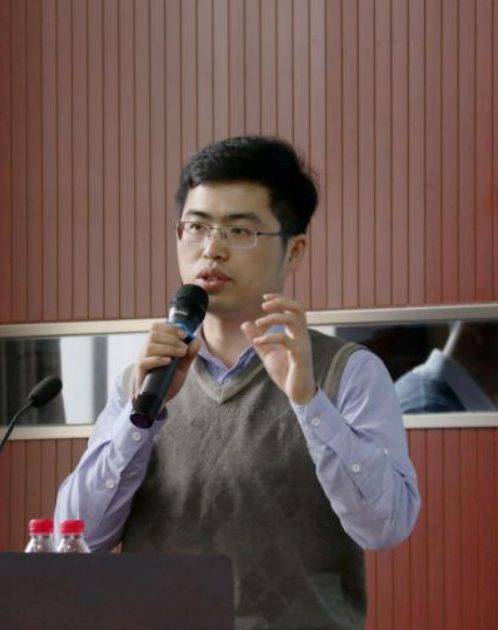
Speakers
Keynote Speakers
Prof. Guisong Xia
Wuhan University, China

Title: AI4Geo: form Image Measurement to Geo-spatial Intelligence
Abstract: Image measurement plays a core role in tasks such as urban modeling, map updating, and 3D reconstruction. However, with the diversification of remote sensing image acquisition methods and the continuous improvement of application demands, traditional modeling paradigms that rely on rule design and limited samples can hardly meet the requirements for high-precision, high-throughput intelligent interpretation in complex geographical scenarios. In recent years, artificial intelligence has been accelerating its empowerment in the geospatial field, giving rise to a new "AI4Geo" paradigm represented by remote sensing large models. This report focuses on the evolution of image measurement towards intelligent interpretation, introducing our research progress in large model-driven remote sensing information extraction, structural expression, and semantic understanding, as well as their practical applications in tasks such as building extraction from high-resolution remote sensing images.
Biography:
Xia Guisong is a Hongyi Distinguished Professor and doctoral supervisor at Wuhan University and a recipient of the National Outstanding Youth Fund. He received his bachelor's degree (electronic information engineering) and master's degree (signal information processing) from Wuhan University in 2005 and 2007 respectively. In March 2011, he received his doctorate from TELECOM Paris, France. From 2011 to 2012, he engaged in postdoctoral research at the Institute of Decision Mathematics (CEREMADE) of the French National Center for Scientific Research (CNRS), and from October to December 2018, he served as a visiting scholar at ENS-Paris in Paris, France. He is currently the vice president of the School of Artificial Intelligence and deputy director of the National Multimedia Engineering Technology Research Center at Wuhan University. Prof. Guisong Xia has been engaged in research work in the fields of artificial intelligence, intelligent unmanned systems, remote sensing information processing, etc. He has published more than 70 papers as the first/corresponding author in artificial intelligence top journals (CCF-A) such as IEEE TPAMI/CVPR/ICCV and IJCV.; in IEEE TMI/TGRS, Published more than 80 papers in top journals on artificial intelligence inter-application disciplines such as ISPRS JPRS; published 2 monographs; the paper has been cited more than 22,000 times, and 5 papers have been cited more than 1,000 times; won the IEEE GRSS Most Influential Paper Award, Hubei 1 second prize of Natural Science Award, 3 first prizes of China Surveying and Mapping Science and Technology Progress Award, Remote Sensing Outstanding Contribution Award and other awards Several achievements were applied to domestic satellites and important national engineering projects such as Tiangong-2 data processing and national defense and security, and were adopted by Baidu, Tencent, Huawei and other companies.
Prof. Qingsheng Zeng
Université du Québec en Outaouais (UQO), China

Title: Analysis and Design of Lightweight, High-Efficiency, and Circularly Polarized Antennas for Satellite Platforms
Abstract: In this report, a lightweight and efficient circularly polarized all metal antenna design method suitable for satellite industrial applications is presented. The proposed antenna consists of a rectangular waveguide, which includes a high-order mode cavity, a feed, and a metasurface circular polarizer (MCP). The cavity higher-order mode TE440 is directly emitted from four coupling slots in the waveguide. MCP is placed on the cavity to generate circularly polarized (CP) radiation. Due to the introduction of high-order mode technology and MCP, all metal walls inside the antenna can be removed, significantly reducing weight. In order to reflect the weight advantage, the traditional metal wall loaded waveguide antennas with the same size were designed. The test results indicate that the antenna has a wider impedance and axial bandwidth, as well as higher radiation efficiency. Especially, the proposed antenna is 40% lighter than the comparative antenna, indicating that it is more suitable for satellite platforms with limited payload capacity.
Biography: Qingsheng Zeng received his Ph.D. from University of Ottawa, Canada, and is currently a professor and PhD advisor of Université du Québec an Outaouais (UQO), an adjunct professor and PhD advisor of University of Ottawa, Carleton University, and Institut National de la Recherche Scientifique -- Centre Energie, Matériaux et Télécommunications (INRS-EMT). He has been a research engineer and a senior research engineer at Communications Research Centre Canada (CRC), Government of Canada. Dr. Zeng has undertaken research and teaching in several fields, including analysis and design of aircraft antennas, electromagnetic compatibility and interference (EMC/EMI), ultrawideband technology, radio wave propagation, computational electromagnetics. He has been the Chair of AP (Antennas and Propagation) / MTT (Microwave Theory and Techniques) Joint Chapter and Secretary of EMC (Electromagnetic Compatibility) Chapter of IEEE Ottawa, a Member of IEEE Canada Industry Relations Committee, and a senior member of IEEE. Dr. Zeng has been a member of the Strategic Projects Grant (SPG) Selection Panel (Information and Communications Technologies B) for the Natural Sciences and Engineering Research Council of Canada (NSERC), a member of Site Visit Committee of NSERC Industrial Research Chair (IRC), and a reviewer of NSERC Industrial R&D Fellowships.
He has published more than 200 SCI and EI indexed papers and technical reports, authored one book and co-authored two book chapters. His work on the project “Aggregate Interference Analysis and Suitability of Some Propagation Models to Ultra-wideband Emissions in Outdoor Environments” has formed one part of Consultation Paper on the Introduction of Wireless Systems Using Ultra Wideband Technology, Spectrum Management and Telecommunications Policy, Industry Canada, and has been taken as a significant contribution to International Telecommunication Union (ITU). Dr. Zeng has been serving as an editorial board member and a reviewer for a number of technical books and scientific journals, as a conference co-chair, a session chair and organizer, a technical program committee co-chair and member and a reviewer, a short course/workshop/tutorial presenter and a keynote speaker for many international and national symposia. He has won several technical and technical service awards, was ranked as one of the researchers at Communications Research Centre Canada with the strongest impacts in 2011, selected as a distinguished expert under the Plan of Hundreds of Talents of Shanxi Province in China during 2015, an oversea prestigious advisor in Guangdong Province twice in 2017 and in 2019, a Huashan Mountain Scholar Chair Professor of Xidian University in 2020, and a distinguished expert for HOME Program of China Association for Science and Technology in January 2023, and was elected as a member of the Council of the Academicians and Experts Association of Jilin Province in December 2023.
Prof. Bin Zou
Central South University, China

Title: Practical Applications and Prospects of Remote Sensing for Heavy Metal Pollution Monitoring
Abstract: Due to its long-term persistence and hidden nature, soil heavy metal pollution has already caused significant and far-reaching negative impacts on society and livelihoods. However, the effective control of such pollution remains a critical technical challenge in the current field of soil heavy metal pollution prevention and remediation. This report will begin with an overview of national and regional needs regarding soil heavy metal pollution management, then will systematically introduce major anticipated advances in high-precision detection technologies and methodologies for regional soil heavy metal contamination. Finally, it will discuss prospective research directions in this field from the perspective of satellite-based remote sensing monitoring.
Biography: Bin Zou, Sino-US joint training Ph.D, second-level professor, doctoral supervisor., mainly engaged in “remote sensing monitoring of land space and natural resources, remote sensing diagnosis and spatiotemporal modeling of environmental pollution, environmental exposure assessment and health risk early warning, smart/healthy city big data Platform R&D” research. He has presided over the completion of 2 national key research and development plan projects and 2 sub-projects, the National Natural Science Foundation of China, the former Ministry of Environmental Protection Industry Public Welfare Project Project, the Hunan Provincial Natural Science Foundation, the Hunan Provincial Major Project of Geographic National Conditions Monitoring, and the China Postdoctoral Science Foundation. He has more than 30 scientific research projects including general/special funding and Central South University Innovation Driven Program, and has published more than 200 academic papers, including GIS/remote sensing/ He has published more than 140 articles in the world-renowned SCI/SSCI journals Earth Science Review, International Journal of Geographical Information Science, Remote Sensing of Environment, and Environment International in the fields of environment, and has been cited more than 4,000 times at home and abroad by ResearchGate, H-index 38, and has been selected as one of the top 2% of scientists in the world and the top 1% of highly cited scholars by CNKI. He has published 9 books and applied for and been approved for more than 50 national invention patents/computer software copyright registrations.
Prof. Lu Leng
Nanchang Hangkong University, China

Title: Some New Findings about Security and Privacy of AI Systems
Abstract: The security and privacy of AI systems are crucial. For example, in some important fields, such as autonomous driving, medical diagnostics, and industrial control, security vulnerabilities or malicious attacks on AI systems can lead to catastrophic consequences. AI systems rely on large amounts of data for training and reasoning, which are easy to be leaked and abused if without strict privacy protection measures. This speech will introduce some new findings about the security and privacy of AI systems, including some new types of attacks that are potentially threatening. AI systems must solve the various attacks to ensure reliability and robustness.
Biography: Lu Leng received his Ph.D degree from Southwest Jiaotong University, Chengdu, P. R. China, in 2012. He performed his postdoctoral research at Yonsei University, Seoul, South Korea, and Nanjing University of Aeronautics and Astronautics, Nanjing, P. R. China. He was a visiting scholar at West Virginia University, USA, and Yonsei University, South Korea. Currently, he is a full professor, the dean of Institute of Computer Vision, and the office director of Jiangxi Provincial Key Laboratory of Image Processing and Pattern Recognition at Nanchang Hangkong University. Prof. Leng has published more than 100 international journal and conference papers, including about 80 SCI papers and three highly cited papers. He has been granted several scholarships and funding projects, including six projects supported by National Natural Science Foundation of China (NSFC). He serves as a reviewer of more than 100 international journals and conferences. His research interests include computer vision, biometric template protection, biometric recognition, medical image processing, data hiding, etc. Prof. Leng was awarded Jiangxi Youth May-4th Medal, and is an outstanding representative of "Innovation Talent" of Jiangxi Enterprise in "Science and Technology China", "Jiangxi Hundred-Thousand-Ten-thousand Talent Project", "Jiangxi Voyage Project", etc.
